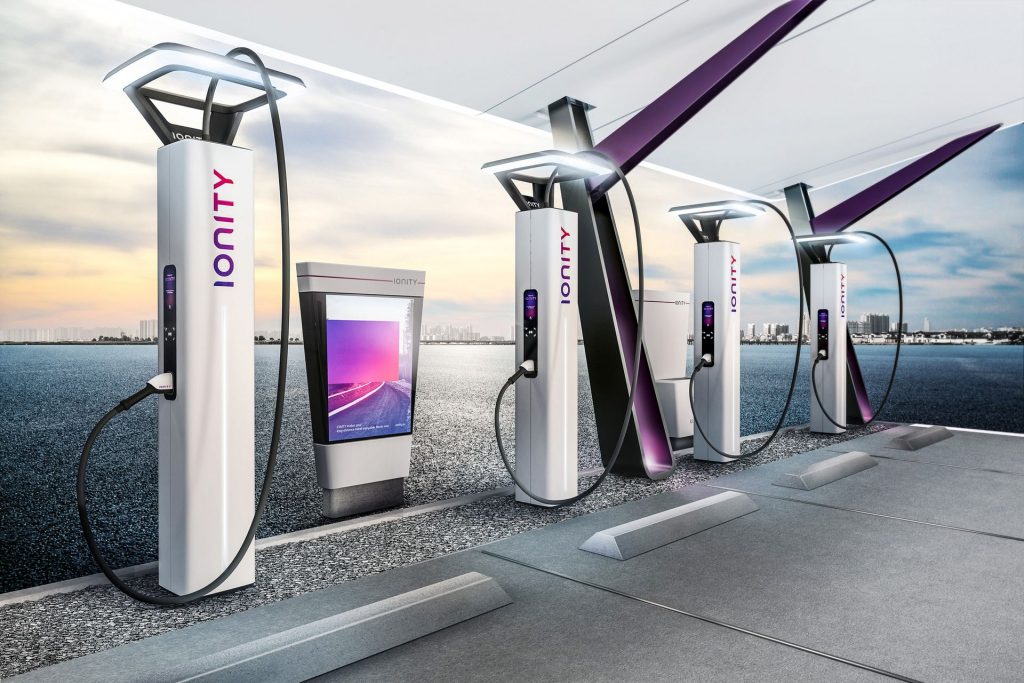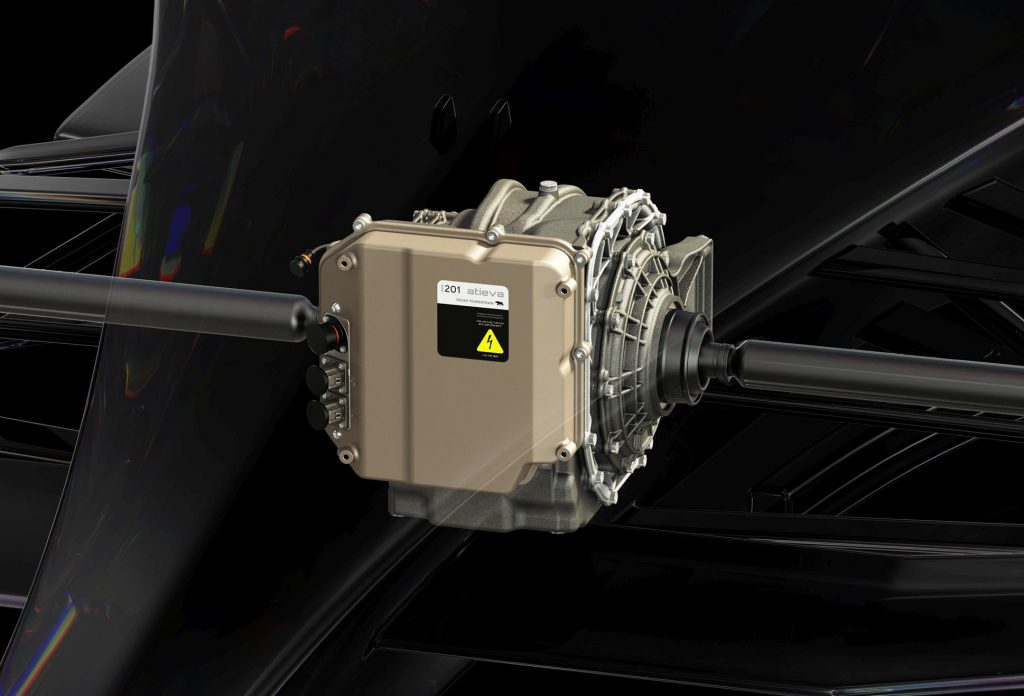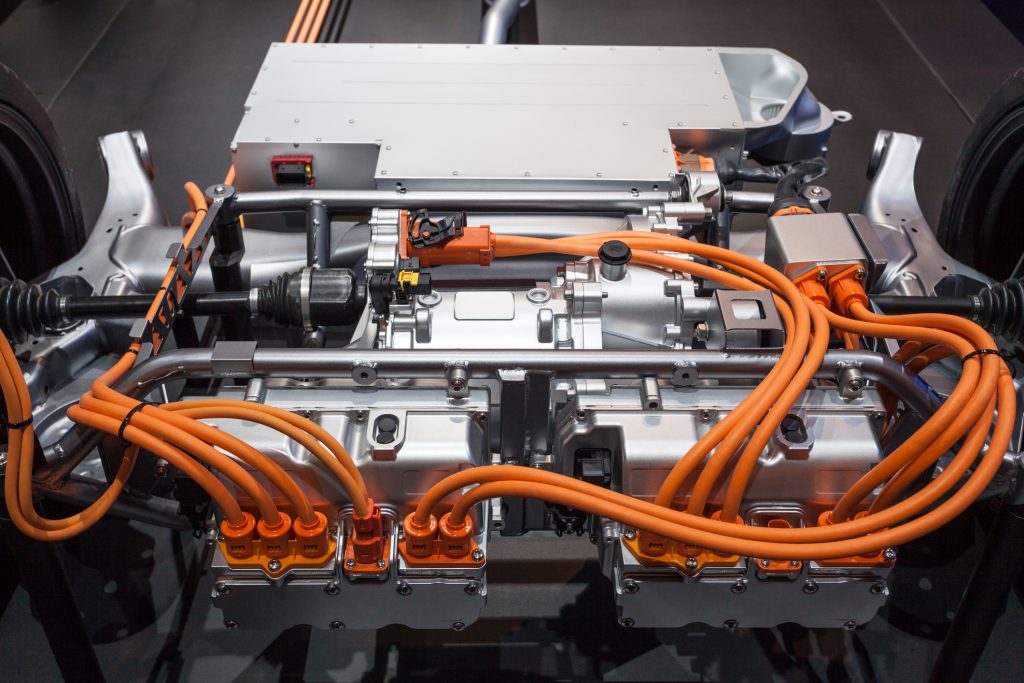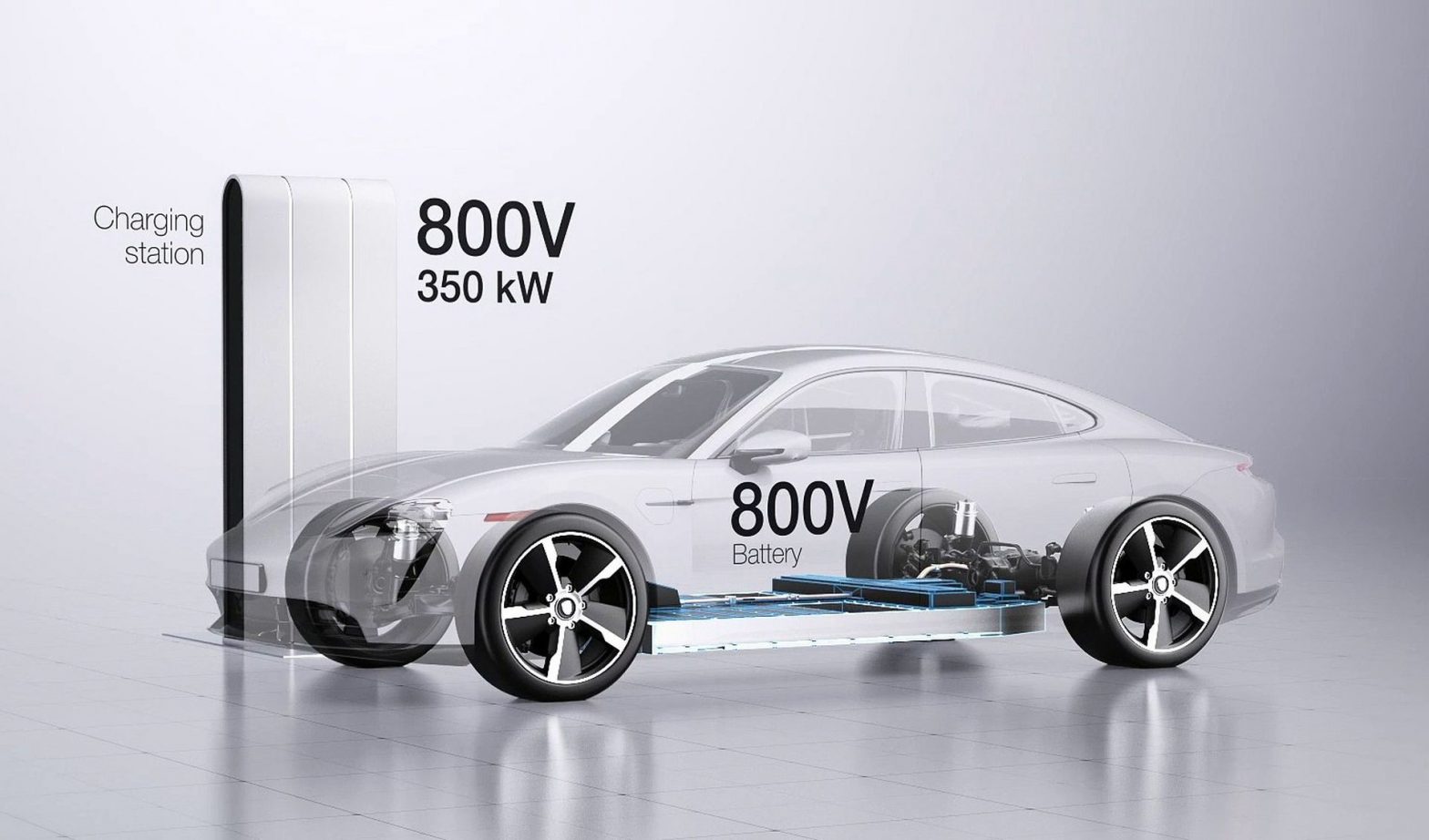Electric vehicles are getting really popular, but the main concerns, such as short range and long charging times that hold conventional vehicle owners back from switching sides are still yet to be solved. That is where higher-voltage electric vehicles are coming into play. Tesla recently announced its 1000-volt system and hinted more Tesla vehicles will benefit from the new tech. Future EVs will eventually make the switch from 400V to higher voltage systems.
800V or higher voltage electric vehicles are capable of delivering ultra-fast charging rates and offer higher performance while improving the efficiency of the all systems. 800V electric vehicles can only be possible by employing an 800V battery and using SiC (Silicone Carbide) inverter, proper cabling, OBC (On-board Charger), DCDC converter and other electrical equipments that support higher voltage levels. Conventional electric vehicles come with 400V electrical architecture as standard. Because of the voltage limit, today’s electric vehicles are limited to a maximum of 400-volt when they are connected to a DC charging station. In order to reach higher charge rates, current levels should go up to 600A or even more, which is not ideal for the infrastructure that charging stations heavily rely on.
The first higher-voltage EV is the Porsche Taycan, which has a cutting-edge 800V inverter built-in. Its DC charging rate can go as high as 270 kW with the proper charging setup. After that Hyundai and Kia developed an alternative 800V charging tech to avoid using an expensive 800V SiC inverter. In late 2021, Lucid Motors launched its first vehicle Lucid Air with an industry-leading 924V system developed by Wolfspeed. And one year later, Tesla unveiled its first 1000V vehicle architecture with the launch of the tri-motor electric truck Tesla Semi. General Motors, Volkswagen, and, of course, Chinese brands such as Aion, Avatr, Xpeng, Zeekr, BYD, Voyah and Li Auto have also been developing 800V high-voltage electrical systems for their EVs.
In this article, we researched our way into higher voltage electric vehicles and created a list of benefits of owning an 800V EV.
Faster Charging Compared to 400V Electric Vehicles

800V or higher voltage systems allow electric vehicles to be charged at as high as 480 kW, Xpeng G9 proved. Regular 400V electric vehicles aren’t capable of doing that, because of the charging infrastructure’s current limit. When you plug your 400V vehicle into a DC charger, you limit your session to 400-volt. To provide faster charging speeds, EV charger should deliver more current, sometimes as high as 600A or even more (The third-gen Tesla Superchargers can deliver up to 660-amper). In order to increase the current, thicker and water-cooled cables are needed. Even using these expensive cables are not enough to lower down the charge efficiency, as conduction losses will increase up to nine times.
EV manufacturers have been developing 800V charging technologies to overcome this fast-charging problem. Some companies such as Porsche/Audi, Lucid Motors, and Xpeng use SiC inverters inside their EVs. These next-gen SiC inverters can handle higher voltages and also improve efficiency. Hyundai and Kia took a different approach to this matter. Korean automakers developed a technology that manages to provide 800-volt charging by using electric motors as generator and a regular IGBT inverter.
Thanks to more advanced electronics, 800-volt charging enables vehicle owners to reach up to 480 kW DC charging rates. For instance, Xpeng G9 and Aion LX Plus are already on sale that support ultra-fast 480+ kW charging. Lucid Air can go as high as 300 kW. Porsche Taycan did perform similiarly. Hyundai Ioniq 5 and Kia EV6 is also capable of delivering up to 240 kW DC charging speeds. 800V charging is definitely the future of EVs!
More Efficient & More Powerful Electric Drivetrains

By switching to a 800V architecture, EV manufacturers can make use of higher voltage motors as well. Porsche is the first company to implement an 800V electric motor into its vehicles. Higher voltage improves overall power density of the motor unit and it reduces the maximum torque required to achieve the same output power due to extended RPM range.
As the DC link voltage of the EV motor units increase, the current levels decrease. This leads to lower copper loss and improves efficiency of the electrical traction systems. Higher voltage motors are also tend to produce more power than lower voltage solutions.
From the efficiency perspective, the next-gen SiC inverters used inside 800V electric vehicles are also much more efficient. BYD recently unveiled its first SiC inverter developed in-house, which scores an efficiency level of 99.5 percent.
800V Architectures Mean Lighter Electric Cars

800-volt electrical architectures can be created by using thinner cables between the battery pack and the inverter, DC charging port, OBC, and other equipments. As a result, 800V electric vehicles will use less copper and that would reduce the overall weight of the car.
Higher voltage electric motors are also significantly lighter and more power-dense than regular lower voltage units. That means 800V electric vehicles can be equipped with smaller, lighter motors. That creates more room for batteries as well.
Reduced Cost of Cabling, Less Copper Used Inside the Vehicle
Electric vehicles use more copper than any other vehicles. It takes 2 to 4 times more copper to build an EV than an ICE vehicle. But unlike 400V EVs, higher voltage systems don’t require thick copper cables. That will not only help manufacturers reduce the cost of cabling but also ease up the global copper supply chain. Because EV batteries and heavy investments in EV charging infrastructure have already been causing problems for the copper industry, thinner cables will help in the near future.
Here are some disadvantages of choosing 800V electrical system over a regular 400V architecture:
– Higher cost of electrical insulation and clearance
– Higher voltage battery packs tend to perform less reliable than 400V systems, because they contain larger number of series connections. The impact of single cell failure in a pack like this would be much higher than the 400V batteries with more parallel cells.
– Lower voltage battery packs are more energy-dense than the similiarly designed 800V batteries, which is the result of all the additional electrical clearance requirements around high voltage systems and the much larger BMS.
References
1. 800-V Electric Vehicle Powertrains: Review and Analysis of Benefits, Challenges, and Future Trends – https://ieeexplore.ieee.org/abstract/document/9294077
2. EV industry seen shifting to 800-volt architectures – https://www.autonews.com/technology/ev-industry-seen-shifting-800-volt-technology
3. Analysis of Auxiliary Power Unit and Charging for an 800V Electric Vehicle – https://ieeexplore.ieee.org/abstract/document/8790562
4. Voyah launched an 800V charger. 400km range in 10 minutes – https://carnewschina.com/2021/09/28/voyah-releases-an-800v-high-voltage-platform-that-can-charge-400km-in-10-minutes/
5. 800V电驱动量产在即,未来谁主沉浮?- http://www.daas-auto.com/hot_news/news_detail/news/9051.html
